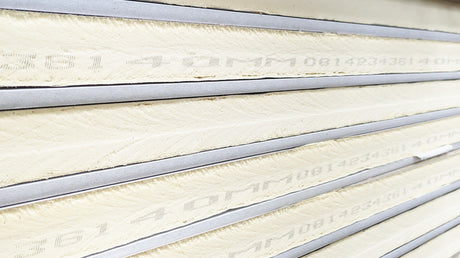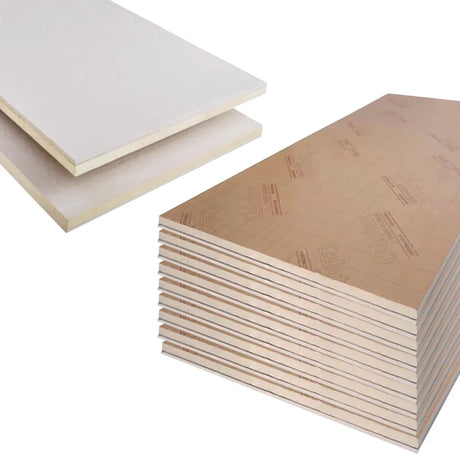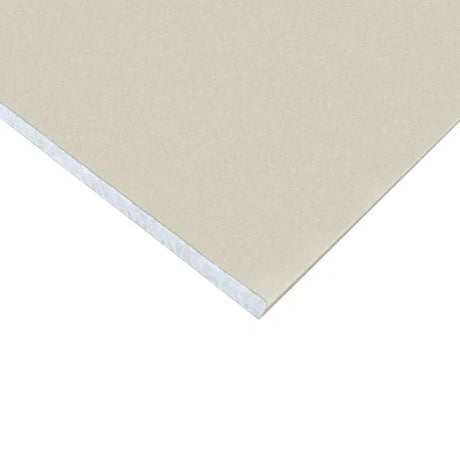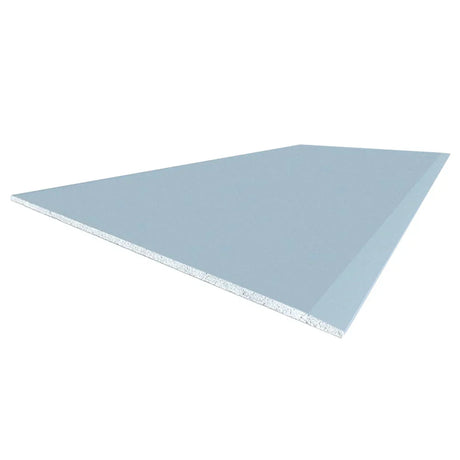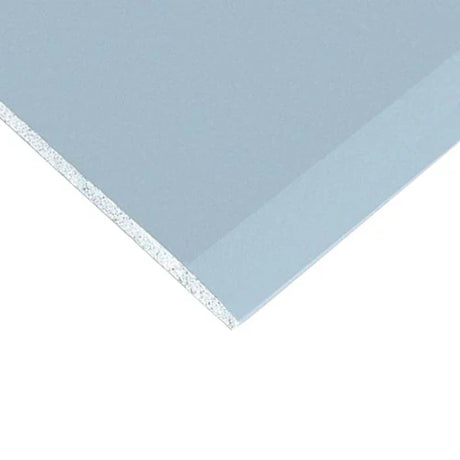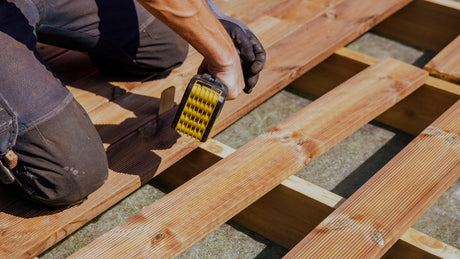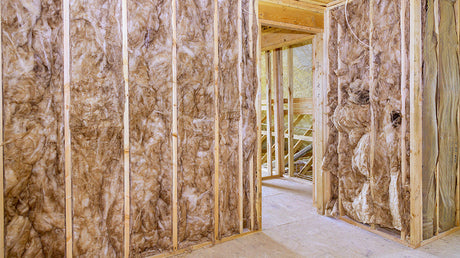Selecting the optimal insulation to protect against cold requires understanding both thermal performance principles and the specific characteristics of different insulation materials. While marketing often portrays insulation selection as a simple choice, achieving optimal results demands a more nuanced approach considering multiple factors beyond basic thermal resistance.
Understanding Thermal Performance Fundamentals
Before evaluating specific materials, understanding key thermal concepts proves essential. Thermal resistance (R-value) provides the fundamental measure of insulation effectiveness, with higher values indicating better insulation. In the UK, R-values are typically expressed in m²K/W (square metres Kelvin per Watt). Current building regulations for new construction typically require minimum R-values of approximately 6.1 m²K/W for lofts, 4.4 m²K/W for walls, and 4.4 m²K/W for floors. These values represent the total thermal resistance of the complete construction, not just the insulation layer.
Thermal conductivity (Lambda Value) expresses the intrinsic insulating property of materials in W/mK (Watts per metre Kelvin). Lower values indicate better insulating performance. Standard mineral wool typically rates 0.044-0.040 W/mK, while high-performance PIR boards achieve 0.022-0.025 W/mK. This property determines the thickness needed to achieve a specified R-value and provides a standardised method for comparing different insulation options.
Beyond material properties, effective insulation must address air movement and thermal bridging. Proper installation must control air movement through and around the material to prevent heat loss via convection. Thermal bridges (paths of least resistance) can dramatically reduce overall performance, with gaps as small as 5% of area potentially reducing effectiveness by up to 50%. Junction details between different elements require particular attention to maintain continuous insulation. These principles highlight the importance of comprehensive insulation strategies rather than focusing solely on material selection.
Comparing Insulation Material Options
Different insulation materials offer distinct advantages for specific applications. Mineral wool products, including glass and rock wool options from manufacturers like Knauf, Isover and Rockwool, feature thermal conductivity values of 0.044-0.035 W/mK depending on density and quality. They provide excellent fire resistance (typically Euroclass A1 - non-combustible), good acoustic properties for dual-purpose applications, and flexible material conforming to irregular spaces. Widely available and cost-effective for large areas, mineral wool maintains performance throughout typical building lifespan, making it particularly suitable for loft spaces, timber frame walls, and cavity insulation.
PIR and phenolic rigid boards from manufacturers like Celotex, Kingspan, and Recticel offer superior thermal conductivity (0.022-0.018 W/mK), requiring approximately half the thickness of mineral wool for equivalent performance. Their excellent moisture resistance with closed-cell structure makes them particularly valuable in situations where water exposure is possible. While higher cost than mineral wool, the space savings in constrained areas often justify the premium. Typically foil-faced for enhanced performance, these boards prove particularly effective in floor insulation, flat roofs, and space-constrained wall applications.
Natural fibre insulation options like sheep's wool, hemp, and wood fibre from suppliers like Thermafleece and Steico offer moderate thermal conductivity (typically 0.038-0.040 W/mK) with excellent humidity regulation properties. Their high specific heat capacity provides good summer heat protection along with winter insulation benefits. Renewable and lower environmental impact materials make them appealing for eco-focused projects, though they're generally more expensive than conventional mineral wool.
These materials prove especially valuable in heritage properties and traditional construction where breathability and moisture management are crucial considerations.
Expanded Polystyrene (EPS) products provide cost-effective options for specific applications with moderate thermal performance (0.038-0.032 W/mK). Extremely lightweight and easy to handle, they offer good moisture resistance but require vapour barrier in most applications. Lower cost than PIR or phenolic alternatives makes them attractive for budget-conscious projects, though their limited fire resistance requires appropriate covering in most applications. Specialised forms are available for specific applications like external wall insulation where their combination of performance and cost-effectiveness proves advantageous.
Application-Specific Recommendations
The optimal insulation choice varies significantly depending on where and how it will be used. For loft insulation, mineral wool rolls (Knauf Earthwool, Isover Spacesaver, Superglass) represent the most cost-effective solution for most lofts. Installing in two layers - one between joists and one across joists - to minimum 270mm total depth provides excellent thermal performance. For storage areas, combining mineral wool between joists with rigid boards above maximises performance within limited height. Ensure complete coverage with particular attention to eaves and junctions, and address the loft hatch with a dedicated insulated hatch product or equivalent DIY solution for comprehensive performance.
Wall insulation strategies vary depending on construction type. Cavity walls benefit from bonded bead or mineral wool cavity fill installed by certified professionals. Solid walls require either external wall insulation systems or internal wall lining. External systems typically use EPS or mineral wool with rendered finish, while internal solutions include PIR/phenolic laminated plasterboard or independent stud walls with mineral wool. Timber frame construction performs best with mineral wool between studs plus continuous external layer to minimise thermal bridging. These various approaches allow tailored solutions appropriate to the specific wall construction while delivering substantial improvements in thermal performance.
Floor insulation approaches must address different floor types appropriately. Suspended timber floors benefit from mineral wool supported between joists with netting or on PIR boards fitted between joists. Solid concrete floors perform best with PIR/phenolic boards beneath new screed or floating floor system. Edge insulation is particularly important as significant heat loss occurs at floor perimeters. Combining insulation with draught-proofing measures provides maximum benefit by addressing both conductive and convective heat loss mechanisms. Consider underfloor heating compatibility where relevant to ensure the insulation enhances rather than impedes heating system performance.
For loft conversions and similar lived-in roof spaces, between-rafter insulation typically uses PIR boards (Celotex, Kingspan) to maximise performance within limited depth. Enhanced approaches add an additional layer beneath rafters to minimise thermal bridging. Maintaining adequate ventilation gap above insulation prevents condensation, while reflective breather membrane above rafters can enhance performance. Pay particular attention to junction details at eaves, ridge, and gables to ensure continuous insulation without compromising ventilation requirements.
Beyond Material Selection: Installation Factors
The effectiveness of any insulation material depends heavily on installation quality. Airtightness integration represents a critical factor often overlooked. Even the best insulation performs poorly if air freely moves around it. Combine insulation with appropriate air barrier strategy, seal all penetrations, junctions, and service entries, and consider dedicated airtightness membranes and tapes in new construction. These airtightness measures often deliver greater comfort improvement than simply increasing insulation thickness by addressing air movement that bypasses conductive insulation.
Moisture management strategies prevent performance degradation and structural damage when installing insulation. Ensure appropriate vapour control layers on warm side of insulation, maintain ventilation paths where required by building design, and address existing moisture sources before insulating. Select materials appropriate for moisture exposure in specific locations and consider breathability requirements in traditional buildings. These moisture management approaches prevent the condensation problems that can compromise both comfort and building health over time.
Professional vs DIY installation considerations help match approach to project requirements. Loft insulation represents the most accessible DIY insulation project, while cavity wall insulation should only be installed by certified professionals. Internal wall insulation requires careful attention to services and junction details, and external wall insulation typically requires professional installation. Floor insulation complexity varies significantly depending on construction, making some approaches suitable for competent DIY while others benefit from professional expertise. These distinctions help determine when professional installation delivers value beyond material costs.
At DIY Building Supplies, we offer a comprehensive range of insulation materials from leading UK manufacturers like Knauf, Isover, Celotex, and Kingspan, along with the technical expertise to help you select the optimal solution for your specific requirements.



